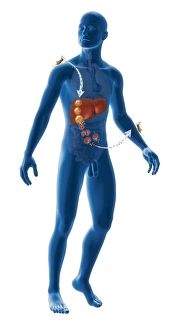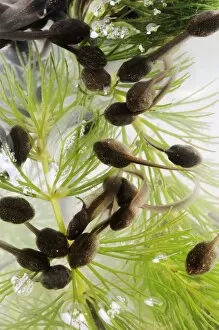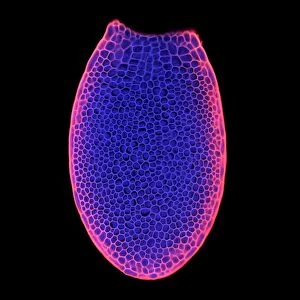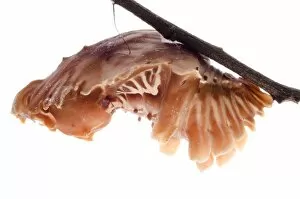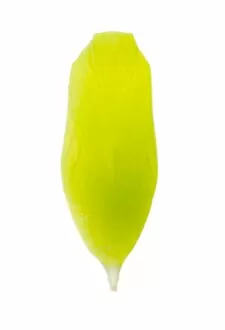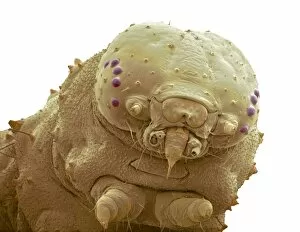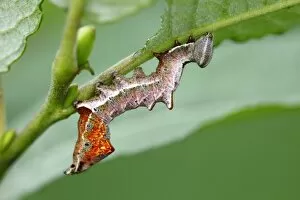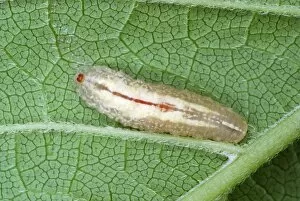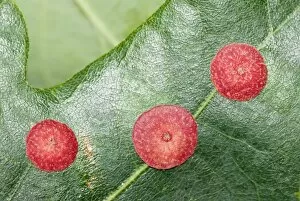Life Cycle Collection (page 9)
"Exploring the Wonders of Life: From Insects to Mammals and Everything in Between" In this captivating journey through the life cycle
All Professionally Made to Order for Quick Shipping
"Exploring the Wonders of Life: From Insects to Mammals and Everything in Between" In this captivating journey through the life cycle, we delve into the intricate details of nature's creations. Starting with "Anatomy of the Apis, " an enlightening glimpse into the world of bees, we witness their remarkable transformation from egg to adult worker bee. Moving on, "Leuckarts Zoological Wall Chart" presents a visual feast as it unravels the mesmerizing life cycle of the Swallowtail Butterfly. From its humble beginnings as a pupa and caterpillar, it emerges as a breathtakingly beautiful adult butterfly. Venturing into Botswana's Moremi Wildlife Reserve, our attention is captured by a group of Hippos standing at water's edge. Among them stands a young hippo, symbolizing new life amidst Africa's untamed wilderness. The enchanting Moon Jellyfish takes center stage next. Its ethereal beauty conceals an intriguing life cycle that unfolds beneath tranquil waters. Transitioning to land-dwelling creatures, we encounter Common European Toad tadpoles undergoing metamorphosis. Witnessing their development from limbless creatures to fully formed amphibians showcases nature's incredible ability for adaptation. Nature lovers are then treated to one of nature's most iconic transformations - Monarch butterflies emerging from chrysalises on Tropical Milkweed. This awe-inspiring sight serves as a reminder that change can bring forth extraordinary beauty. Our exploration continues with the Leaf Mimic Bush Cricket or Katydid species—an expert in camouflage—displaying various stages in its fascinating life cycle. Shifting gears slightly, we encounter Mucuna plants hosting insects at different stages of their lives—a testament to symbiotic relationships within ecosystems. Taking an artistic turn, lithographs like "Popular Misconceptions" and "Life in Secret Service" offer glimpses into human experiences intertwined with themes related to cycles and transitions—both literal and metaphorical.













